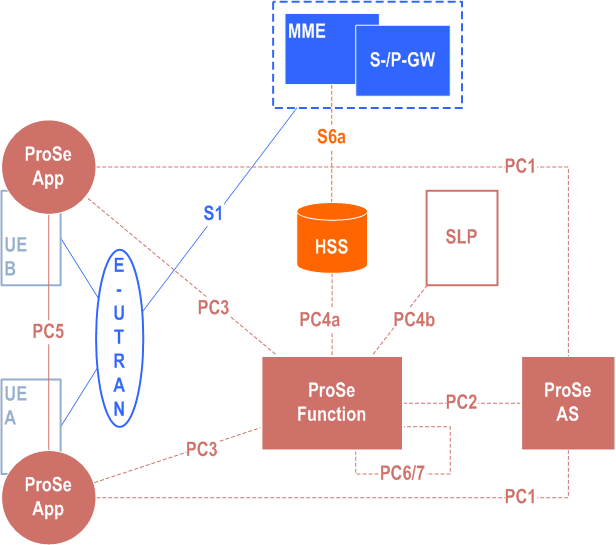TS 23.303
Proximity-based Services (ProSe)
V18.0.0 (PDF)
2024/03 133 p.
V17.1.0
2023/06 133 p.
V16.0.0
2020/06 133 p.
V15.1.0
2018/06 130 p.
V14.1.0
2016/12 128 p.
V13.6.0
2016/12 127 p.
V12.8.0
2016/03 60 p.
- Rapporteur:
- Mr. Zisimopoulos, Haris
ZTE Corporation

essential Table of Contents for TS 23.303 Word version: 18.0.0
each title, in the "available" or "not available yet" area, links to the equivalent title in the CONTENT